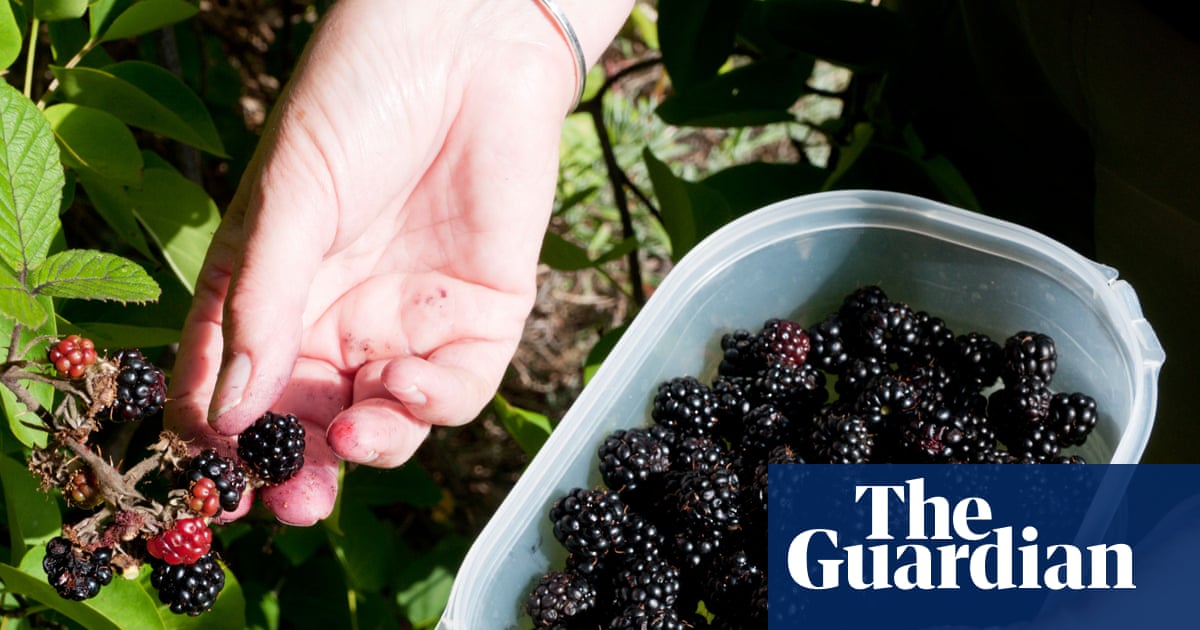Now that the third season (OK, discourse treadmill) of The White Lotus is sinking into the horizon, and its many fans flock to Thailand in the hope of catching a whiff of Walton Goggins (who I’m in no doubt smells absolutely lovely), I’m grateful that Sicily, the location of season two, might finally be a little less busy. Not least because of its wines.
Wine has been made on Sicily for thousands of years, and the island’s been colonised by just about every ancient civilisation before the Italians took over in the late 1800s. Mass emigration to the US coupled with the two world wars meant that the local wine industry suffered for much of the 20th century, and it’s only been in the past 30 years that it has moved away from an association with bulk cooperative production to prioritising excellence (a story shared with many wine regions internationally).
To understand Sicilian wine, you need to get to grips with a handful of native grape varieties that are unique, and vital, to the region. Nero d’avola is the most widely planted red variety, and it produces an inky, dark-fruited wine with suggestions of something herbal such as liquorice and toasted tobacco. Its ready-to-drink iterations are endlessly reliable, but some of the best require time in the bottle. Nerello mascalese and frappato, meanwhile, which I would say are the next two most popular red grape varieties, are sprightly and aromatic in comparison. Often used in blends, they also produce elegant, pretty and perfumed wines in their own right.
In terms of whites, cataratto takes the title of the most-planted grape. Of the others, saline and mineral carricante and crisp, savoury grillo are both used to make marsala, the island’s famous fortified wine that hails from the coastal town of the same name. There are 22 other DOCs on Sicily, Marsala being probably the most famous, but there is also Faro out east, which is known for its supple, oak-aged reds made from nerello mascalese and nerello cappuccio. Then there’s Etna with a terroir defined by millefeuille layers of soil and rock from centuries of volcanic eruptions, which create fertile and mineral-rich wines that brim with tension and excitement.
Etna wine, in particular, has become much more coveted in recent years. Why? Because of The White Lotus, of course. “Apparently, the wine has, like, a bunch of volcanic minerals in it,” swoons Daphne in episode five of season two. “So, we can get drunk, and then tomorrow our skin and our hair and our nails will be glowing.” Unfortunately, I am contractually obliged to inform you that drinking Sicilian wine is very unlikely to have this effect – you’re far more likely to wake up with sallow skin and several missing acrylic nails.
Four Sicilian wines to get excited about
Paolini Grillo Bio Terre Siciliane 2022 £12.50 Good Wine Good People, 12%. Vinified in stainless steel, this is all crystalline citrus with a tense, mineral finish.
Costadune Mandrarossa Frappato 2024 £12.25 The Wine Society, 13%. A tasty wee frappato that’s full of bright raspberry and fizzy lemon.
Maremosso Catarratto 2022 £19.20 Parched, 13.5%. A good entry-level orange wine. Dried herbs and preserved lemon.
Martinez Marsala Superiore Garibaldi Dolce £9.50 (£9 on mix six) Majestic, 37.5%. A velvety, sweet marsala from one of Sicily’s oldest producers.

.png) 3 months ago
72
3 months ago
72

















































